Best movies like Charlotte Perriand, Pioneer in the Art of Living
A unique, carefully handpicked, selection of the best movies like Charlotte Perriand, Pioneer in the Art of Living Starring Charlotte Perriand, Le Corbusier, Elsa Lepoivre, and more. If you liked Charlotte Perriand, Pioneer in the Art of Living then you may also like: The Belly of an Architect, Gray Matters, Helvetica, Middle Age Crazy, Muriel, or the Time of Return and many more popular movies featured on this list. You can further filter the list even more or get a random selection from the list of similar movies, to make your selection even easier.
This documentary explores Perriand's development from her own perspective, from the 1930s, when she made common cause with Le Corbusier and avant-garde art, to her discovery of Japan, where she was inspired to incorporate aspects of Japanese tradition into her practice of Modernism.
You may filter the list of movies on this page for a more refined, personalized selection of movies.
Still not sure what to watch click the recommend buttun below to get a movie recommendation selected from all the movies on this list
Gray Matters
Gray Matters explores the long, fascinating life and complicated career of architect and designer Eileen Gray, whose uncompromising vision defined and defied the practice of modernism in decoration, design and architecture. Making a reputation with her traditional lacquer work in the first decade of the 20th century, she became a critically acclaimed and sought after designer and decorator in the next before reinventing herself as an architect, a field in which she laboured largely in obscurity. Apart from the accolades that greeted her first building –persistently and perversely credited to her mentor–her pioneering work was done quietly, privately and to her own specifications. But she lived long enough (98) to be re-discovered and acclaimed. Today, with her work commanding extraordinary prices and attention, her legacy, like its creator, remains elusive, contested and compelling.
Helvetica
Helvetica is a feature-length independent film about typography, graphic design and global visual culture. It looks at the proliferation of one typeface (which will celebrate its 50th birthday in 2007) as part of a larger conversation about the way type affects our lives. The film is an exploration of urban spaces in major cities and the type that inhabits them, and a fluid discussion with renowned designers about their work, the creative process, and the choices and aesthetics behind their use of type.
Middle Age Crazy
A married man is turning forty and that's when the midlife crisis hits ...
Muriel, or the Time of Return
In the seaside town of Boulogne, no one seems to be able to cope with their past, least of all Hélène, an antique furniture saleswoman, her stepson Bernard, and her former lover Alphonse.
Parajanov: The Last Spring
Made in wartime and edited in candlelight, Mikhail Vartanov's rarely-seen masterpiece tells about his friendship with the genius Sergei Parajanov who was imprisoned by KGB "at the peak of his artistic power". Vartanov takes us back with the scenes from his censored 1969 film The Color of Armenian Land where Paradjanov is at work on his suppressed chef-d'oeuvre The Color of Pomegranates - widely regarded as one of the greatest films of all time - and contrasts it with the shocking request Parajanov sent him in unpublished 1974 letters from the Soviet prisons. Vartanov's camera documents Parajanov's striking last day at work in 1990 during the making of the unfinished Confession. A monumental wordless montage - the entire sixth reel - concludes Vartanov's acclaimed documentary, which, despite the prohibitive conditions it was created in, won the admiration of many of cinema's greatest artists, including Francis Ford Coppola and Martin Scorsese.
Poetry in Motion
More than 20 contemporary North American poets recite, sing, and perform their work. Early in the film, Charles Bukowski talks about the energy of poets and of a poem. These poets are the children of Walt Whitman and of Charles Olson, incantatory and oratorical, radical, sometimes incorporating contemporary political imagery. Black Mountain poets, the Beats, minimalists like John Cage, the wordless Four Horsemen, Tom Waits, and others capture aspects of poets as troubadours.
Star Spangled to Death
An examination of the history of the U.S. through archival footage and contrasting views of society, incorporating audiovisual material ranging from political campaign films to animated cartoons to children’s phonograph records, featuring Al Jolson, Mickey Mouse, the young Jack Smith, and a half-dozen American presidents.
My Architect: A Son's Journey
World-famous architect Louis Kahn (Exeter Library, Salk Institute, Bangladeshi Capitol Building) had two illegitimate children with two different women outside of his marriage. Son Nathaniel always hoped that someday his father would come and live with him and his mother, but Kahn never left his wife. Instead, Kahn was found dead in a men's room in Penn Station when Nathaniel was only 11.
Souvenir of Canada
While Douglas Coupland works on a grand art project about Canada, the writer recounts his life and his musings about the various aspects of Canadian identity.
9/11: Explosive Evidence: Experts Speak Out
Persuasive viewpoints of over 1,700 architects and engineers who believe the unsettling theory that scientific forensic evidence points to explosive controlled demolition of the three World Trade Center skyscrapers on September 11, 2001.
Art of Falling in Love
A spirited artist with a mysterious bucket list gets a commission to paint a mural on a new hospital wing in a charming community. When she finds herself falling for the handsome architect designing the addition, she must decide if she can trust him with her list, and the painful memory behind it, or if he’ll break her heart and prove that it’s better to be alone than to be close to someone who will leave.
Francofonia
Master filmmaker Alexander Sokurov (Russian Ark) transforms a portrait of the world-renowned museum into a magisterial, centuries-spanning reflection on the relation between art, culture and power.
Leaning Out - An Intimate Look at Twin Towers Engineer Leslie E Robertson
A man with a perspective like no other on the planet. The leading structural engineer of the World Trade Center oversees its construction, haunted by its fall ever since. A guru in high-rise design. Driven by his values as a pacifist and activist and the woman engineer who emboldened, expanded and ultimately saved the man she loved. About fulfillment, fragility, and a fighting spirit.
Artur Schnabel: No Place of Exile
The exiled Austro-German musician and composer Artur Schnabel was a giant of his time, but in Germany today he is nearly forgotten. Pianist and Schnabel devotee Markus Pawlik (in collaboration with baritone Dietrich Henschel and the Szymanowski String Quartet) brings Artur Schnabel's greatest compositions back to Berlin with a filmed commemorative concert. Along the way, Pawlik visits the places, landscapes, and history that shaped Schnabel's life and music. "Artur Schnabel: No Place of Exile" rediscovers an essential artist displaced by the catastrophe of the two World Wars and the Holocaust and inspired by the possibilities of modernism.
Andrée Putman, A Juggernaut of Design
An icon of French taste, free and eccentric, Andrée Putman (1925–2013) imposed her unique style and shaped a generation of architects. With archival images and personal testimonials, this documentary is a beautiful tribute to one of the leading ladies of interior design.[arte.tv]
Nitrate Base
This documentary celebrates the 100th anniversary of the cinema birth. It is an historic running through the technical and artistic evolution of the 7th art. We move from mute to sound, from B&W to color, trough all the genders (musical, Lyric, politic...). Beside it we have a kind of resume of the historic contest in which cinema lived till now, events and movements (neo-realism, classical etc.). All the aspects are taken in consideration: fashion, star system till the end, the sad end, of cinema in the theaters.
The Buddha
This documentary for PBS by award-winning filmmaker David Grubin and narrated by Richard Gere, tells the story of the Buddha’s life, a journey especially relevant to our own bewildering times of violent change and spiritual confusion. It features the work of some of the world’s greatest artists and sculptors, who across two millennia, have depicted the Buddha’s life in art rich in beauty and complexity. Hear insights into the ancient narrative by contemporary Buddhists, including Pulitzer Prize winning poet W.S. Merwin and His Holiness the Dalai Lama. Join the conversation and learn more about meditation, the history of Buddhism, and how to incorporate the Buddha’s teachings on compassion and mindfulness into daily life.
Pyramid
Of the Seven Wonders of the Ancient World, the Pyramid is the only one to survive. Many believe that even with our 21st-century technology, we could not build anything like it today. Based on the most up-to-date research and the latest archaeological discoveries, here is how the Pyramid came to be.
Rebuilding Notre-Dame: Inside the Great Cathedral Rescue
The collaboration between architects, scientists, archaeologists and engineers in their efforts to restore Notre Dame.
Peter Eisenman: Building Germany's Holocaust Memorial
This documentary explores the creation of the Holocaust Memorial in Berlin as designed by architect Peter Eisenman. Reaction of the German public to the completed memorial is also shown.
David Macaulay: Roman City
The glories of Ancient Rome are explored in ROMAN CITY, based on David Macaulay's acclaimed book. This animated and live-action video recounts life in Verbonia, a fictional city in Gaul. A well-planned town with all modern conveniences, it is threatened by conflict between conquerors and conquered. Macaulay also visits Pompeii, Herculaneum, Ostia, Nimes, Orange, and Rome, to view actual Roman architecture and engineering greatness.
Paris: The Luminous Years
A storm of Modernism swept through the art worlds of the West in the early decades of the twentieth century, uprooting centuries of tradition. The epicenter of this storm was Paris, France. For an incandescent moment from 1905 to 1930, Paris was the magnetic center for radical innovation and experiment, and the Mecca for creative talents who would change the course of art throughout the Western world.
First Person Singular: I.M. Pei
Architect I.M. Pei speaks about his famous works, such as the addition to the Louvre in Paris, the East Wing of the National Gallery of Art in Washington, D.C., and the Meyerson Symphony Center in Dallas, Texas. Footage of these projects shows both interiors and exteriors. Various other experts comment on the impact and importance of Pei's work.
Godzilla, King of the Monsters
Documentary focusing on the Japanese Godzilla, featuring interviews with such people as Director Jun Fukuda, the wide of the late Ishiro Honda and Alex Cox. This documentary incorporates footage from rare shows like "Ultra Q" and films like "King Kong Escapes".
The Michelangelo Code: Lost Secrets of the Sistine Chapel
Art critic Waldemar Januszczak is on the quest to explain exactly what the Sistine Chapel's ceiling is actually trying to tell us.
The untold story of the Vatican
What started as a simple tomb became over a 2,000 years history the universal seat of Christendom and is today one of the most visited museum in the world with invaluable collections of Arts, Manuscripts, Maps. Using spectacular 3D modelisation and CGI to give viewers as never before a true understanding of the history of this architectural masterpiece and its extensions, the film will also use animation to tell relevant historical events. This heritage site reveals new untold secrets with the help of historians deciphering the Vatican’s rich archives and manuscripts collection and following the restorations at work (newly discovered frescoes by Raphael) and recent excavations. A story where Religion, Politics, Arts and Science meet to assert religious authority and serve as a spiritual benchmark.
Bauhaus: The Face of the Twentieth Century
Bauhaus - The Face of the 20th Century, written and narrated by Frank Whitford, is an art documentary depicting the visual science generated from the outpouring of avant-garde ideas of this innovative educational undertaking.
Changing Landscapes
A sophisticated and beautifully constructed account of landscape change in and around Paris in the early 1960s. The film raises complex issues about the meaning and experience of modern landscapes and the enigmatic characteristics of features such as canals, pylons and deserted factories. Rohmer also explores the role of landscape within different traditions of modern art and design and refers to specific architects, artists and engineers.
Ben Building: Mussolini, Monuments and Modernism
Having previously investigated the architecture of Hitler and Stalin's regimes, Jonathan Meades turns his attention to another notorious 20th-century European dictator, Mussolini. His travels take him to Rome, Milan, Genoa, the new town of Sabaudia and the vast military memorials of Redipuglia and Monte Grappa. When it comes to the buildings of the fascist era, Meades discovers a dictator who couldn't dictate, with Mussolini caught between the contending forces of modernism and a revivalism that harked back to ancient Rome. The result was a variety of styles that still influence architecture today. Along the way, Meades ponders on the nature of fascism, the influence of the Futurists, and Mussolini's love of a fancy uniform.
Joe Building: The Stalin Memorial Lecture
Jonathan Meades examines the cult of Stalinism through its buildings and monuments.
Dan Cruickshank: Resurrecting History: Warsaw
Dan Cruickshank returns to his childhood home of Warsaw for the first time in almost 60 years. In a personal and moving film, he recalls his boyhood memories to explore the memories of the city and the memories of its people. No city in Europe suffered so much destruction in the Second World War, no city rose up so heroically from the ashes. The Nazis had razed Warsaw to the ground, but after the war the people fought hard to bring their city back from the dead in one of the greatest reconstruction jobs in history. As a boy, Cruickshank lived in the rebuilt old town and it inspired his love of architecture and made him the man he is today.
Reimagining A Buffalo Landmark
The Richardson Olmsted Campus, a former psychiatric center and National Historic Landmark, is seeing new life as it undergoes restoration and adaptation to a modern use.



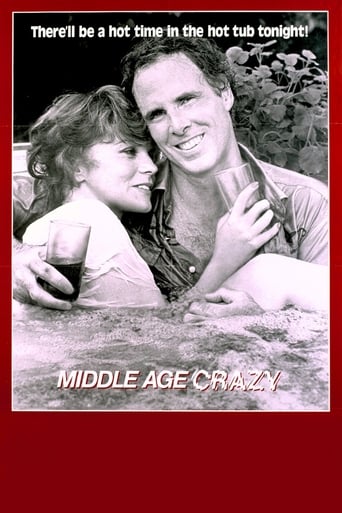
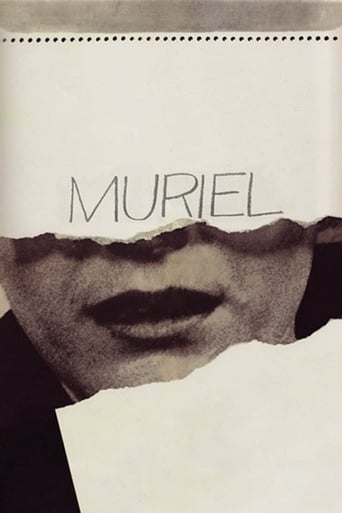













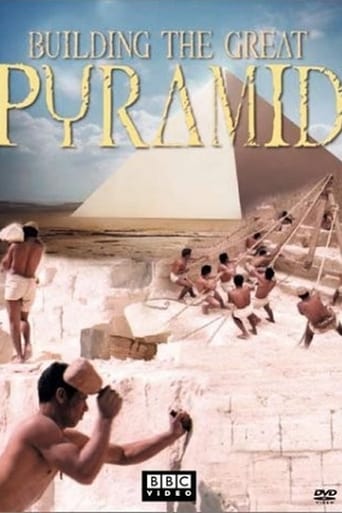



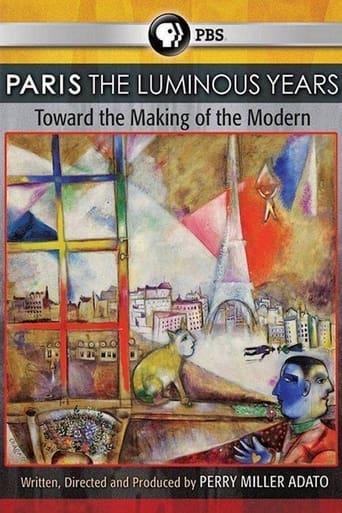













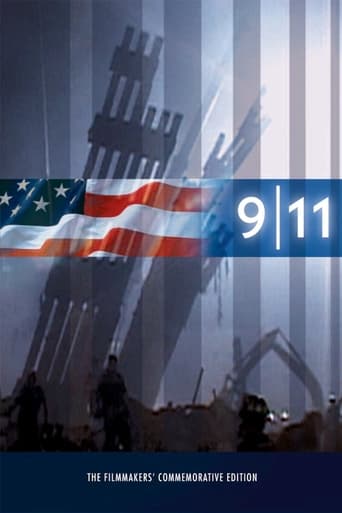

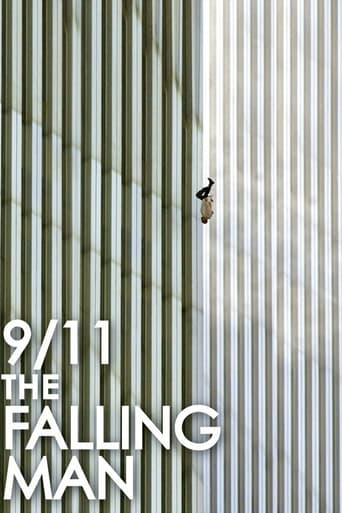
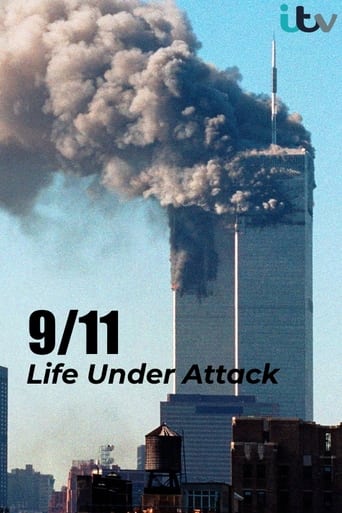
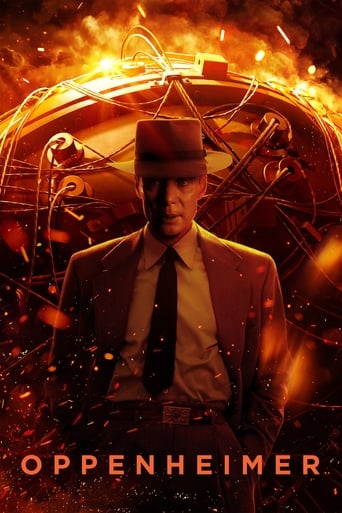
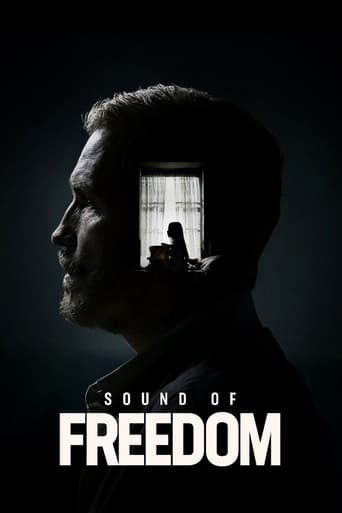
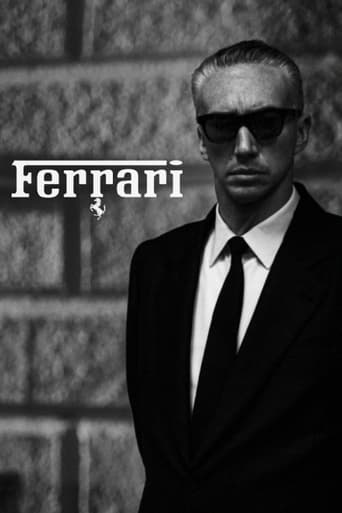
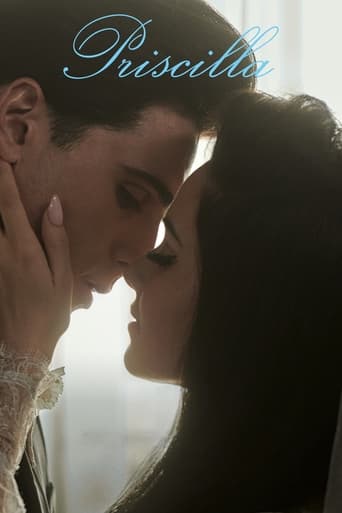
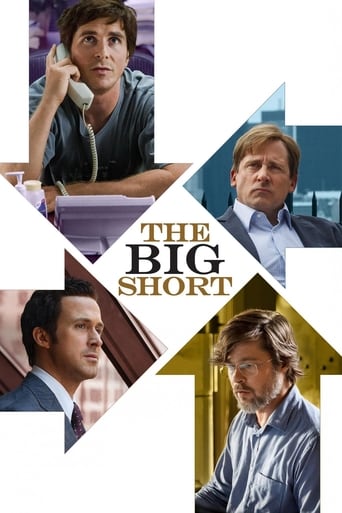
The Belly of an Architect
The American architect Kracklite arrives in Italy, supervising an exhibiton for a French architect, Boullée, famous for his oval structures. Tirelessly dedicated to the project, Kracklite's marriage quickly dissolves along with his health.